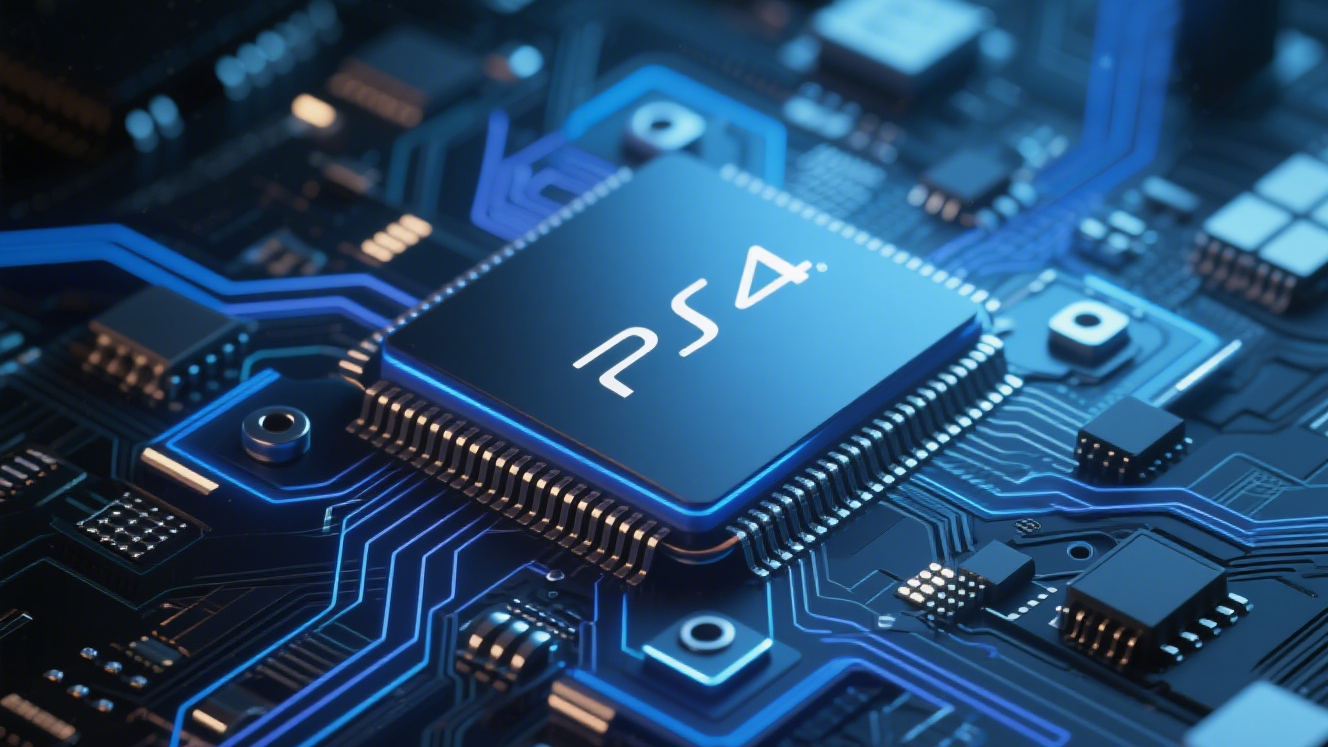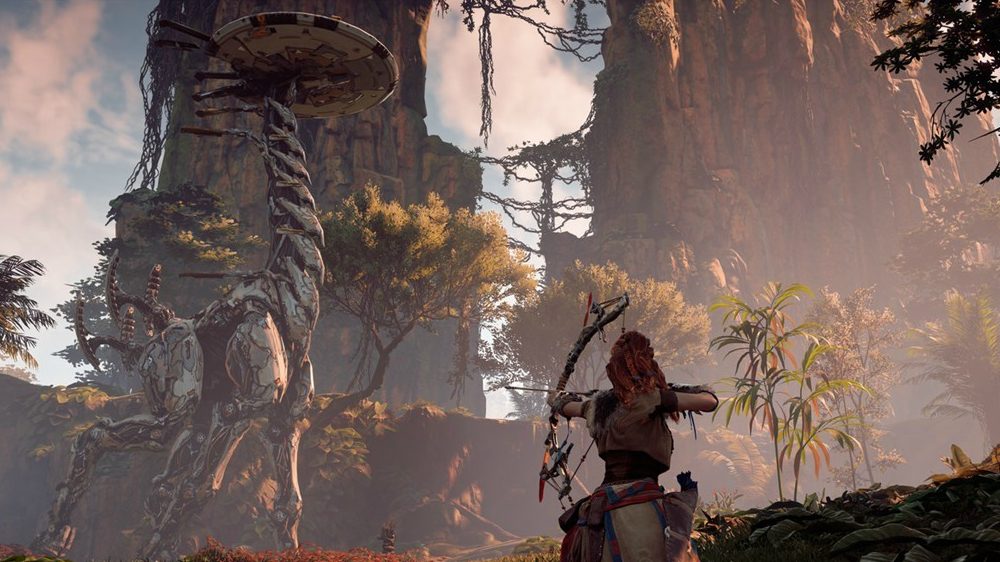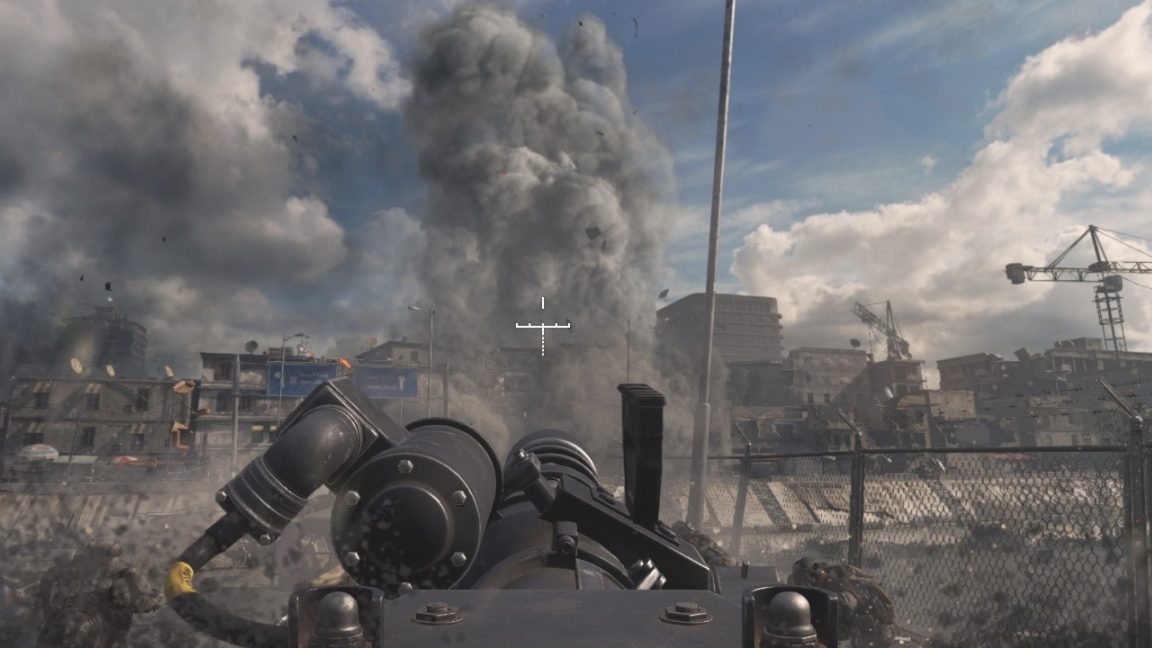October 2, 2025 Uncategorized
PS4 Graphics Chip-The Core Power Reshaping Gaming Visuals

Hundreds of millions of gamers around the world see the PlayStation 4 (PS4) not just as a gaming console but a gateway to immersive gaming worlds—think of the dappled light on post-apocalyptic ruins in The Last of Us, the grandeur of snow-capped Norse mountains in God of War, and swinging through the busy streets of New York in Marvel’s Spider-Man. Every stunning visual in these moments owes its life to one key component: the PS4 graphics chip. As the console’s “visual engine,” this chip has redefined what console gaming looks like with its top-tier graphics processing. It pulls every player into a virtual world so detailed and realistic that you’ll easily forget you’re holding a controller.
I. The Technical Core of the PS4 Graphics Chip: A Visual Revolution Under AMD Architecture
The PS4 graphics chip does not exist in isolation; instead, it is integrated with components such as the CPU and memory into a single-chip processor jointly developed by Sony and AMD. Thanks to its unique technical design, it has become the core determinant of gaming visual performance. Based on AMD Radeon™ GCN (Graphics Core Next) architecture, this graphics chip was hailed as an “innovative masterpiece” in the field of graphics processing at the time, laying a solid foundation for the PS4’s visual capabilities.
(A) Core Specs: Balancing Performance & Efficiency
The standard PS4 GPU has 1,152 stream processors and 1.84 TFLOPS. The later PS4 Pro bumped that to 2,304 stream processors and 4.20 TFLOPS—this spec jump made 4K console gaming happen. Stream processors are the GPU’s “computing units”; more of them and more power speed up graphics work, for sharper visuals and complex effects.
Take in-game texture mapping: stream processors need to quickly parse hundreds of millions of texture pixels, adding tree bark grain, metal shine, and fabric folds to 3D models. The PS4’s 1,152 stream processors handle this in parallel—no delayed or blurry textures, so players see clear gear/props details. The PS4 Pro’s 2,304 stream processors parse faster, even supporting 4K texture mapping for pixel-perfect visuals.
The PS4 GPU uses a 28nm process (16nm for Pro). It keeps power and heat in check while staying powerful, so the console runs heavy games steadily for hours—no overheating issues like lag or frame drops, giving players consistent visuals.
(B) Key Tech: “Magic Keys” for Immersive Visuals
It’s not just hardware—the PS4 GPU has core tech that makes it a “visual craftsman.” Asynchronous compute architecture stands out: traditional processing does “vertex rendering,” “pixel rendering,” and “special effects” step by step—delay one part, and it stutters. But this architecture lets the GPU work on tasks at once, like rendering a background while calculating character lighting and particles—way more efficient.
In Horizon Zero Dawn, players explore a wild, mechanical-creature-filled world. The scene needs dense forest, shiny dino metal, and sunlight-through-leaves spots. The PS4 GPU uses async computing to split and handle these tasks in parallel—smooth 30 FPS, detailed visuals, no frame drops from too many effects.

The PS4 GPU also works with DirectX 11.1+ and OpenGL 4.4, giving devs more visual tools. DirectX 11.1+ has “tessellation”: it turns simple low-poly models (like a rough mountain) into detailed, million-poly ones with rock textures and ridges. OpenGL 4.4 speeds up chip-memory data transfer, cutting load times.
II. Collaboration Between the Graphics Chip and Memory: High-Speed Data Channels Supporting Visual Smoothness
(A) Memory’s Role: The “Paint Library” for the Graphics Chip
A strong graphics chip can’t reach its full potential without fast memory. Think of the chip as a painter—memory is the paint library. Only when paint (graphics data) gets to the painter quickly can visuals be made smoothly. The PS4 has 8GB GDDR5 memory, built specifically for its graphics chip, with 176GB/s bandwidth (218GB/s for PS4 Pro). This lets the chip grab needed data anytime, no waiting.
(B) How Chip and Memory Work Together During Gaming
When you play, the graphics chip keeps pulling “texture data,” “model data,” and “special effects parameters” from memory. Take Devil May Cry 5: when Dante uses the Rebellion sword, the sword’s metal reflection changes with the scene’s light. The chip has to read “metal reflection settings” and “scene light data” from memory right away, then calculate the reflection fast. If lots of enemies show up at once, the chip also gets 3D model and animation data for each enemy to keep their movements smooth.
(C) Fixing Bandwidth Problems with PS4’s Memory
If memory bandwidth is too low, the chip gets stuck waiting for data. Slow texture loading might make game scenes have “texture errors”—like blank spots where grass should be. Delayed model data can make enemies “stutter” when moving. The PS4’s GDDR5 memory solves this with its high bandwidth: it’s like a two-way highway, sending data to the chip instantly and moving processed visual data to the screen fast. This keeps every second of gameplay visuals clear and steady.
(D) Unified Memory Architecture: Faster Data Flow
The PS4 uses “unified memory architecture”—the CPU and graphics chip share one memory pool. In older setups, the CPU processes game logic data, saves it to memory first, then the chip reads it to render visuals. That wastes time on data transfers. With unified memory, the CPU and chip access the same memory directly. For example: once the CPU figures out a character’s position, the chip can grab that data right away to render the character’s real-time location. No delays, so visuals and game logic stay perfectly in sync.
III. How the Graphics Chip Reshapes the Gaming Experience: From “Seeing” to “Immersing”
The value of the PS4 graphics chip is ultimately reflected in players’ real-world experiences. It is no longer just cold hardware parameters but transforms into the realistic refraction of raindrops on a character’s skin in Uncharted 4, the delicate carvings on Gothic architecture in Bloodborne, and the natural folds of a player’s jersey as they move in FIFA 23. These details together create an “immersive visual experience,” turning players from “playing a game” to “stepping into a gaming world.”
(A) Resolution and Frame Rate: Dual Guarantees for Clear and Smooth Visuals
In terms of players, “visual clarity” and “gameplay smoothness” are the most intuitive experiences. The PS4 graphics chip precisely controls resolution and frame rate to fit diverse needs:
- Standard PS4: Stable 1080P/30FPS, with well-optimized games (e.g., Rocket League) reaching 60FPS.
- PS4 Pro: Supports “4K/30FPS” or “1080P/60FPS,” letting players choose between high quality or smoothness.
By definition:
4K quadruples these details: each pyramid stone has unique wear, and vendors’ fabric feels nearly touchable.
1080P has over twice the detail of PS3’s 720P. In Assassin’s Creed: Origins, it reveals pyramid stone gap textures, street vendors’ clothing patterns, and distant desert dune lines.
Frame rate directly affects visual smoothness: 30 FPS is the “basic standard” for console gaming, ensuring coherent, stutter-free visuals; 60 FPS brings a qualitative leap to action game experiences—in Street Fighter V, it makes characters’ punches, kicks and skill activations smoother, letting players accurately capture opponents’ movement details and react faster; in Project CARS 2, it ensures smoother scene transitions during high-speed races with no motion blur, making players feel as if they are truly in the driver’s seat.
(B) Lighting and Special Effects: Bringing the Virtual World to “Life”
Resolution and frame rate are visual “skeletons” while lighting and effects are the “flesh and blood” and the PS4 GPU’s strong handling of both turns game worlds from flat to 3D and realistic.
The PS4 GPU supports key lighting tech: “global illumination” (seen in The Legend of Zelda: Breath of the Wild, where sunlight on rocks casts color-shifting shadows), “ambient occlusion” (soft shadows in gaps like a character’s back against a wall, no “floating” look), and “real-time reflection” (water/metal mirror surroundings—Grand Theft Auto V cars reflect clouds/trees over lakes, boosting realism fast).
When it comes to special effects, the PS4 GPU is strong at handling “particles,” “smoke,” and “liquids”: In Call of Duty: Modern Warfare, sand kicked up by bullets, plus fire, smoke and debris from explosions, drifts with the wind and falls due to gravity—mimicking real-world physics. In Death Stranding, walking through “Timefall” makes droplets splash on the main character and the ground turn muddy, letting players feel the “Timefall”‘s destructive force firsthand.In Final Fantasy XV, the GPU handles all special effects for magic attacks and summons, creating a cinematic visual punch.

IV. The Legacy and Impact of the PS4 Graphics Chip: Ushering in a New Era of Console Gaming Visuals
Today, with the PS5 as the market mainstream, the PS4 graphics chip still plays a vital role. Many independent game developers still choose the PS4 as their development benchmark because this graphics chip’s compatibility and stability have been validated by years of market testing, allowing games to deliver excellent visual performance across different hardware environments. For players, those with a PS4 can still experience optimized versions of new games like Elden Ring and Cyberpunk 2077 through the graphics chip—by deeply tapping into the chip’s performance, these games can still deliver near-next-gen visual quality at 1080P resolution.If you need to purchase or learn about PS4 chip-related accessories, you can click here to find professional PS4 chip suppliers.
Looking back at the PS4’s decade-long journey, the graphics chip is like a “silent artist.” With billions of operations per second, it transforms code into light and shadow, and weaves data into worlds. It is not just a part of the hardware but a “visual bridge” between players and gaming worlds. Thanks to it, we can feel the tragedy of the apocalypse, the passion of adventure, and the excitement of battle in virtual worlds. For every gaming enthusiast, what the PS4 graphics chip has created is not just stunning visuals, but a series of unforgettable gaming memories.
If you have ever been moved by the visuals of a PS4 game, the next time you start your console, take a moment to notice the delicate light and shadow, smooth movements, and realistic scenes—that is the “visual poetry” written by the PS4 graphics chip through technology, and the best proof of the charm of console gaming.
IV. The Legacy and Impact of the PS4 Graphics Chip: Ushering in a New Era of Console Gaming Visuals
Today, with the PS5 as the market mainstream, the PS4 graphics chip still plays a vital role. Many independent game developers still choose the PS4 as their development benchmark because this graphics chip’s compatibility and stability have been validated by years of market testing, allowing games to deliver excellent visual performance across different hardware environments. For players, those with a PS4 can still experience optimized versions of new games like Elden Ring and Cyberpunk 2077 through the graphics chip—by deeply tapping into the chip’s performance, these games can still deliver near-next-gen visual quality at 1080P resolution.If you need to purchase or learn about PS4 chip-related accessories, you can click here to find professional PS4 chip suppliers.
Looking back at the PS4’s decade-long journey, the graphics chip is like a “silent artist.” With billions of operations per second, it transforms code into light and shadow, and weaves data into worlds. It is not just a part of the hardware but a “visual bridge” between players and gaming worlds. Thanks to it, we can feel the tragedy of the apocalypse, the passion of adventure, and the excitement of battle in virtual worlds. For every gaming enthusiast, what the PS4 graphics chip has created is not just stunning visuals, but a series of unforgettable gaming memories.
If you have ever been moved by the visuals of a PS4 game, the next time you start your console, take a moment to notice the delicate light and shadow, smooth movements, and realistic scenes—that is the “visual poetry” written by the PS4 graphics chip through technology, and the best proof of the charm of console gaming.

